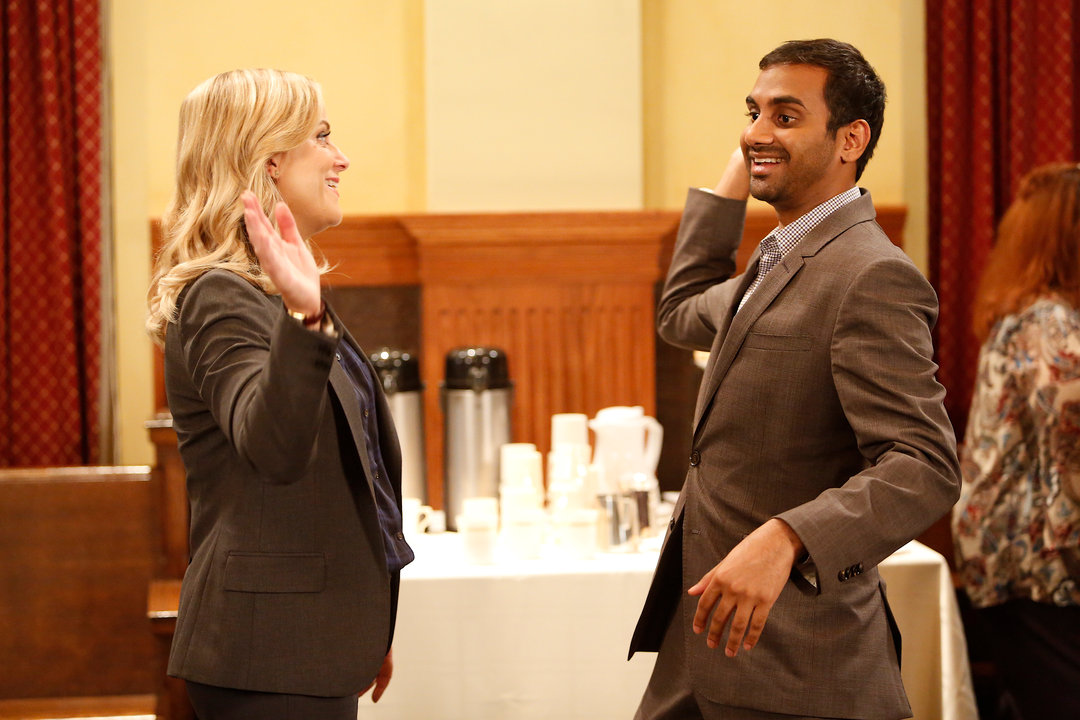Do you remember exactly when you wanted to become an urban planner? Neither do I.

For those considering a career in urban planning, don’t wait for lightning to strike, suddenly sending you down the non-motorized path toward urban planning. Waiting for this moment only delays the most effective way to know if the planning shoe fits: Just try it.
One reason it is important not to wait on planning is that by the time most of us learn about our field it’s relatively late in the career game. As I wrote in an earlier article, "Teaching Urban Planning to Pre-Schoolers," the profession of urban planning struggles with an awareness gap. From a young age, children read books and watch videos about doctors, builders, chefs, mechanics, pilots, and businesspeople. But not urban planners. It’s unfortunate because the concept of urban planning does not have a minimum age requirement. Kids understand the meaning of putting the right things in the right place, and that’s what planners do.
But the awareness gap is understandable. I don’t expect non-planners to know what planners really do. I knew planners wanted to make better places, but even in my second year of graduate school I still didn’t really know what planners actually did inside the office. Planning is thankless at times, and grinding through staff reports to meet processing deadlines takes a certain journalist's grit. So why expect someone to convey this as a career choice for young people or feature public meetings on a TV show? (Thank you, Parks and Recreation, for curbing this trend.)

Greg Gayne/NBC | 2014 NBCUniversal Media, LLC
Because most of us do not learn about urban planning until high school or college, other traditional professions have at least a decade head start competing for our intellectual interest. This leaves less time to consider planning before needing to make early career decisions like choosing a college, picking an academic major, pursuing an internship, or some other post-high school endeavor. If you feel even the slightest pull toward planning, it may be wise to follow it now.
Next up: Suggestions on how to follow this path.

Alabama: Trump Terminates Settlements for Black Communities Harmed By Raw Sewage
Trump deemed the landmark civil rights agreement “illegal DEI and environmental justice policy.”

Planetizen Federal Action Tracker
A weekly monitor of how Trump’s orders and actions are impacting planners and planning in America.

The 120 Year Old Tiny Home Villages That Sheltered San Francisco’s Earthquake Refugees
More than a century ago, San Francisco mobilized to house thousands of residents displaced by the 1906 earthquake. Could their strategy offer a model for the present?

In Both Crashes and Crime, Public Transportation is Far Safer than Driving
Contrary to popular assumptions, public transportation has far lower crash and crime rates than automobile travel. For safer communities, improve and encourage transit travel.

Report: Zoning Reforms Should Complement Nashville’s Ambitious Transit Plan
Without reform, restrictive zoning codes will limit the impact of the city’s planned transit expansion and could exclude some of the residents who depend on transit the most.

Judge Orders Release of Frozen IRA, IIJA Funding
The decision is a victory for environmental groups who charged that freezing funds for critical infrastructure and disaster response programs caused “real and irreparable harm” to communities.
Urban Design for Planners 1: Software Tools
This six-course series explores essential urban design concepts using open source software and equips planners with the tools they need to participate fully in the urban design process.
Planning for Universal Design
Learn the tools for implementing Universal Design in planning regulations.
Clanton & Associates, Inc.
Jessamine County Fiscal Court
Institute for Housing and Urban Development Studies (IHS)
City of Grandview
Harvard GSD Executive Education
Toledo-Lucas County Plan Commissions
Salt Lake City
NYU Wagner Graduate School of Public Service






























